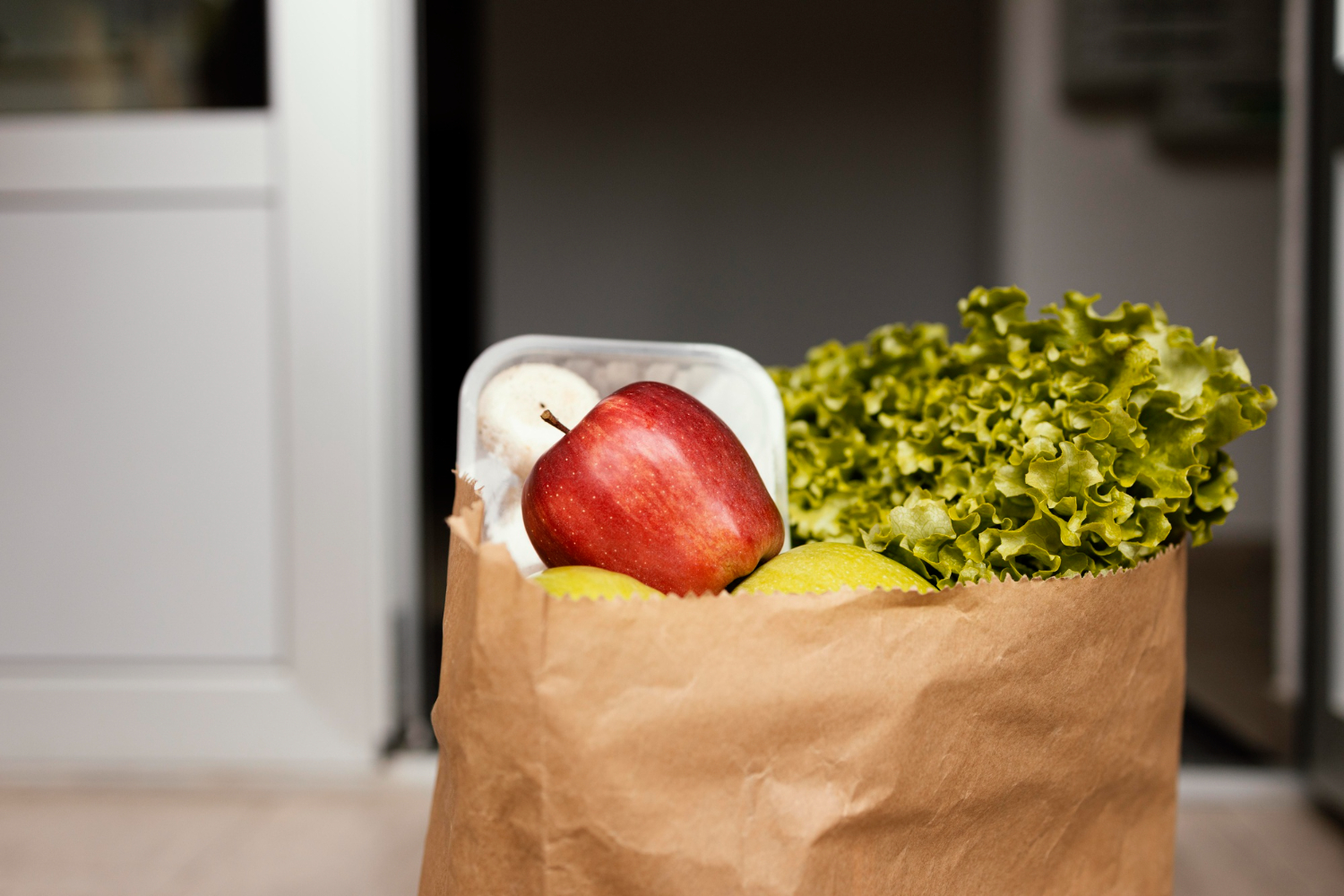The United States is notorious for leading the world in major food waste. The food and service industry is the top culprit for producing the most amount of food waste. A reason for this is because food is cheaper in the United States than in other parts of the world. Studies show that a shocking 25-40% of food grown and transported throughout the United States will never be consumed. It’s scary to think about how much waste accumulates, and how we can use it for far better purposes. Food service establishments can take different steps in ensuring they are doing their part to eliminate wasted food. (Related Topics: Florida Food Handlers Certificates, Florida Food Handlers Card, Florida Food Handler Certification)
Before the meal
The first thing that comes to mind when we think of restaurant waste is the unfinished food on our plates. But how kitchen staff prepare the food is often a fact that gets ignored. ‘Out of sight, out of mind’ is a phrase that comes to mind when we think about what goes on behind the scenes in restaurants. However, poorly-prepared food, spoiled food, and overproduction all contribute to the alarming food waste percentage.
One solution to this preparation problem is to use various core items across your entire menu. In this scenario, if one dish sells well, it can use up the main ingredient from another dish that doesn’t sell as well. For example, day old bread is an excellent leftover item to use for croutons.
After the meal
We’re all familiar with the beloved doggy-bag. It’s our hypothetical leftover lunch for tomorrow, or more literally, a treat for our Terrier. Sadly, a large number of people often forget these bags on the restaurant table, adding to the wasted food issue.
Buffet-style restaurants leave large amounts of food sitting out over the course of a day. The obvious solution is to donate all leftover food to food banks and shelters. However, health regulations forbid food from being served after a certain amount of time. This means the great idea of donating leftovers is restricted. There’s a time limit to how long food is allowed to sit out because people can become sick from food-borne illnesses.
The environment
It’s an unfortunate fact that the majority of disposed food goes straight to landfills. In fact, it’s the biggest occupant in American landfills, according to the Environmental Protection Agency. It rots and becomes a source of methane. This is a type of greenhouse gas that has potential for producing potent amounts of carbon dioxide. If kitchen staff separately collect and send food waste to appropriate treatment sites, it can be used as compost and renewable energy.
Improperly handling produce
Learning how to handle produce properly is the first step in maximizing shelf life. It’s unfortunate that fruits and vegetables with an unappealing appearance often get overlooked by shoppers. They sometimes get tossed out by grocery stockers before they even reach shelves. Bruised fresh products often result in more waste. Correctly storing fresh and raw ingredients in appropriate environments will increase shelf life. It’s a smart idea to rotate produce by putting the newest products at the back of the shelf. This will ensure the oldest ingredients get used first, leading to less waste.
Food waste is a concern that affects everybody at home, at work, and especially in the food service business. Taking necessary and careful precautions in establishments will lead to far less food waste. Ken Kuscher is an expert witness and Certified ServSafe Instructor. He has over 35 years of experience and offers food manager certification classes in the state of Florida. To learn more about the food service industry, call him today at 561-369-2622.





